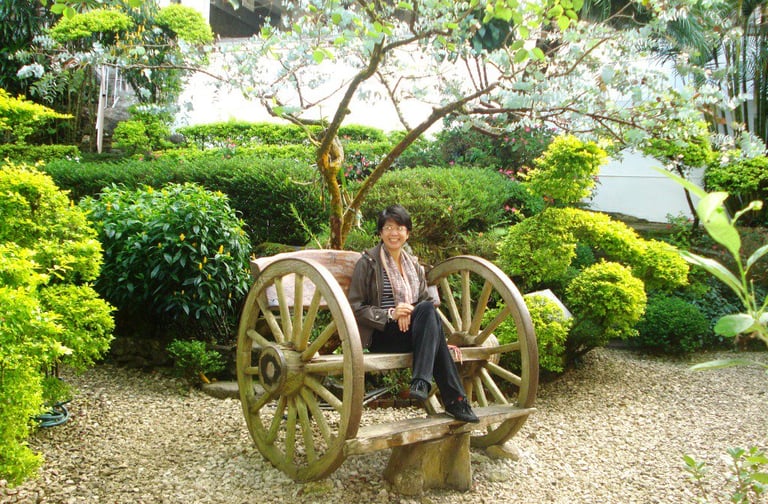
Creating the Ideal Creative Space: Embracing Quiet and Sparse Environments
AUTHOR AT WORDHOUSEFELLOWSHIP AT WORDHOUSE
A Quiet Space Enhances Creativity
The environment we write in plays a crucial role in nurturing our creativity. Some thrive in bustling and vibrant spaces, while others prefer a tranquil and simple setting. Whatever quiet and sparse environment we prefer should foster inspiration and productivity. Quiet spaces can impact our ability to think, ideate, and create, and silence can elevate our creative process.
Solitude is our retreat. To dive deep into our work is to embrace this solitude fully. However, creating a personal retreat is often deliberate to escape the noise and distractions of the outside world. There is no right or wrong location, but the best place for solitude is one that promotes total focus. This personal retreat is our sanctuary for the imagination to flourish.
Blank Space is Not Negative
In art and design, negative space refers to the empty areas around the main subject. In our creative spaces, there can be areas without elements. These blank spaces can serve as our respite within the confines of the solitary environment. Even solitude can become tiring; we need the blank spaces to let our minds wander once in a while. Some of the most creative ideas pop out during the times of staring at blank spaces, where what we're looking at is vastly white and empty.
Green and Natural, Our Thoughtful Distractions
A sparse environment is synonymous with minimal distractions, but natural elements can inspire and stimulate our creativity. These are sometimes just the wild grass and trees around us, collections of artifacts on our desks, potted plants, an aquarium, travel mementos, favorite pictures, books, and paintings. We can claim the artifacts as thoughtful distractions, elements nurturing memory and nostalgia. Meanwhile, nature rejuvenates us like nothing else. From indoor plants to natural light, our work environment is infused with the calmness and serenity necessary for the thoughtful processing of ideas.
Minimize Digital Clutter
Minimalism can boost our productivity. More than just an aesthetic choice, minimalism is a mindset that can revolutionize how we work. Decluttering our physical space and simplifying our digital life clears the path to efficiency.
Our virtual spaces can be just as cluttered as our physical ones. From de-cluttering our desktops to organizing files using Google Sheets and other apps, we will be deliberate in constantly cleaning the virtual work areas. Sometimes this needs more than a day, but some systematic deletions and erasures, backing up, and storing files are must-do in the digital space. Too much unnecessary data in the wrong folders or too many folders and redundant files can cost us since we need to pay and subscribe for storage spaces.
The Physical Body in the Creative Space
Ergonomic furniture isn't merely a trending office equipment. Our wrists and eyes aren't the only part of our body that will suffer the consequences of long sitting and staring. Ideally, a comfortable, ergonomic desk chair will protect our backs, necks, arms, and legs from arthritic discomforts. This is always a conscious investment that becomes non-negotiable if we're to spend more than half of our every day in writing.
Likewise, physical activity is not impossible in the creative space. Writing can be exhausting and our space should be able to sustain us, even during hours of energy lapses. We can install several implements for physical breaks and movements that will reenergize us once we're exhausted. Yoga stretch, skip-rope, chair push-ups. The ideal creative space understands our unique needs and preferences and will allow for digressions of mindful physical movement.
We cannot underestimate the value of the creative space. Where we write and when the conditions for our minds and bodies must be satisfied. This isn't merely vain longing but a writer's SOP once we venture into our writing project.


